 Sigma
Sigma Sigma
Sigma
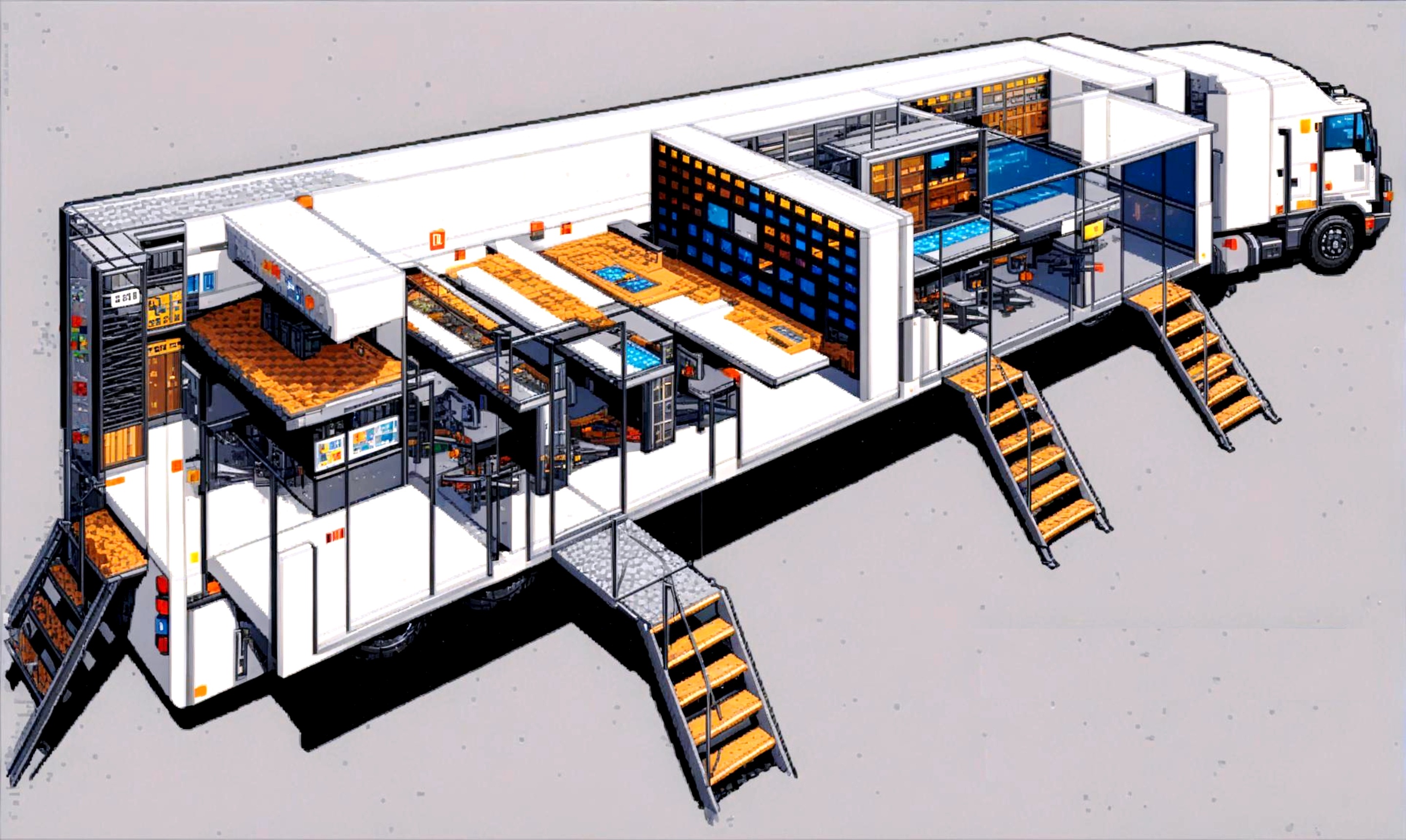
Once did a Paul Anka concert and I was the EIC (Engineer‐in‐Charge). That means if things go south, technically, I was the person that the client yelled at. I don’t think it was live but was to be live‐on‐tape.
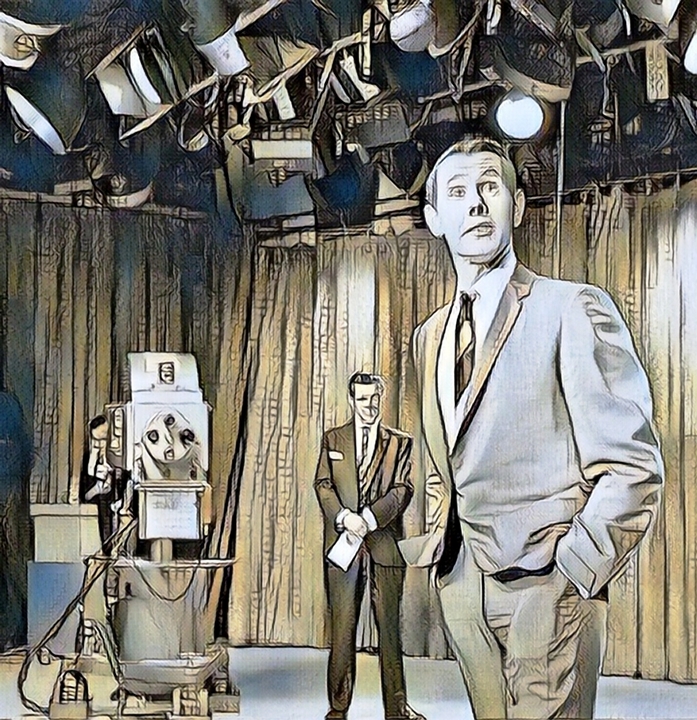
Live on tape or live to tape is when a show is treated like it is a live event but is in fact recorded. Johnny Carson was the most prolific at doing that. He had an hour‐and‐a‐half show for many years (towards the end it was scaled back to an hour. It was recorded late afternoons in Los Angeles for airing at 11:30 first on the East Coast, and then three hours later played back for the West Coast.
To keep his nightly taping under three or four hours, he required in his contracts that the show be treated as live. Taping would continue no matter what happened or was said, unless there was a fire on set. One of the few times they did stop down taping is when part of the set fell down on a guest.
The truck I was on had fairly new computerized setup control panel for cameras from RCA, the first of their kind. They had a single simple microprocessor in a base station that fed the camera. But even with that one‐horse computer, it could perform the hundreds of steps to setup a camera within a couple minutes verses an hour or more if done manually.
Plus, the microprocessor allowed much finer adjustments, and thus many more of them such that a human would have a very hard time doing setup by himself.
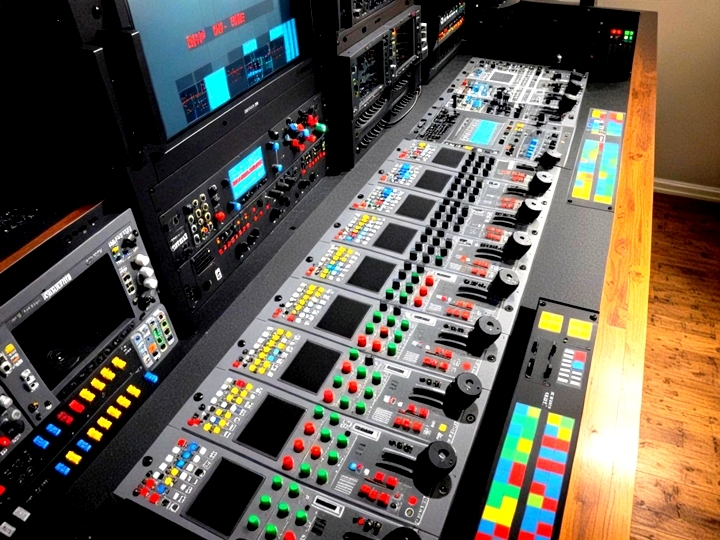
So, for this show, we had a union guy as the video operator, and he insisted on setting the cameras up the way he always had, manually.
About an hour before the start of the show, none of the cameras were yet set up. In fact, most of them looked worse than when the guy started. The producer was now in my face over the fact that they couldn't rehearse any of the camera shots and they were running out of time.
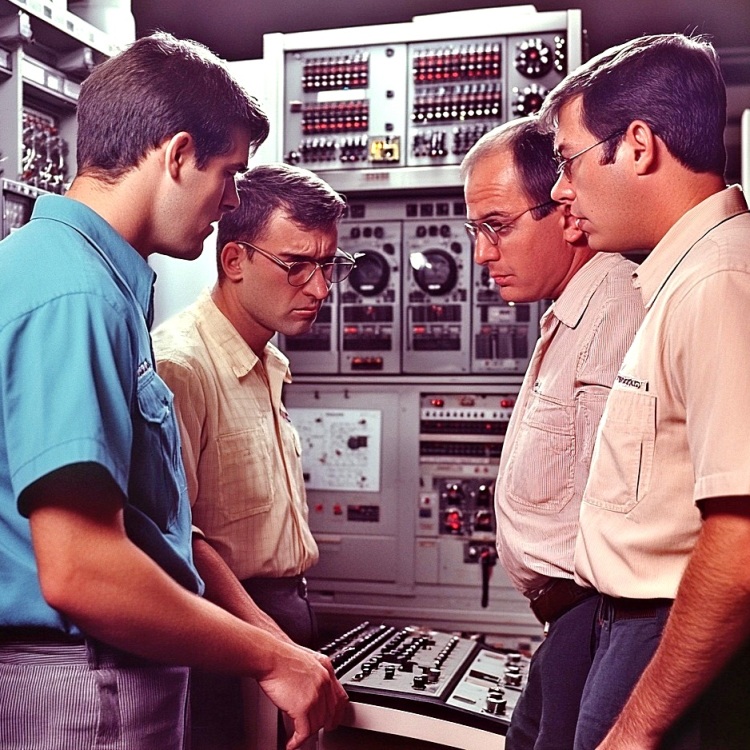
I told him if I would be allowed to do setup, he could have the cameras in a couple minutes. The on‐site union steward threatened to shut the shoot down if I did that. It was decided after a few minutes that I could instruct the video op guy how to do auto setup. The steward asked how long it would take to teach the video guy. About 20 seconds, I said. At that point the video operator got up and stormed off the truck. The client, in this case ABC, usually has a "tech manager" at the event. Technically he is the guy the EIC usually answers to officially. But in reality its just about the whole crew. Anyway, they actually sat a guy down in the video operators chair, and he knew very little about cameras, and they had me show him.
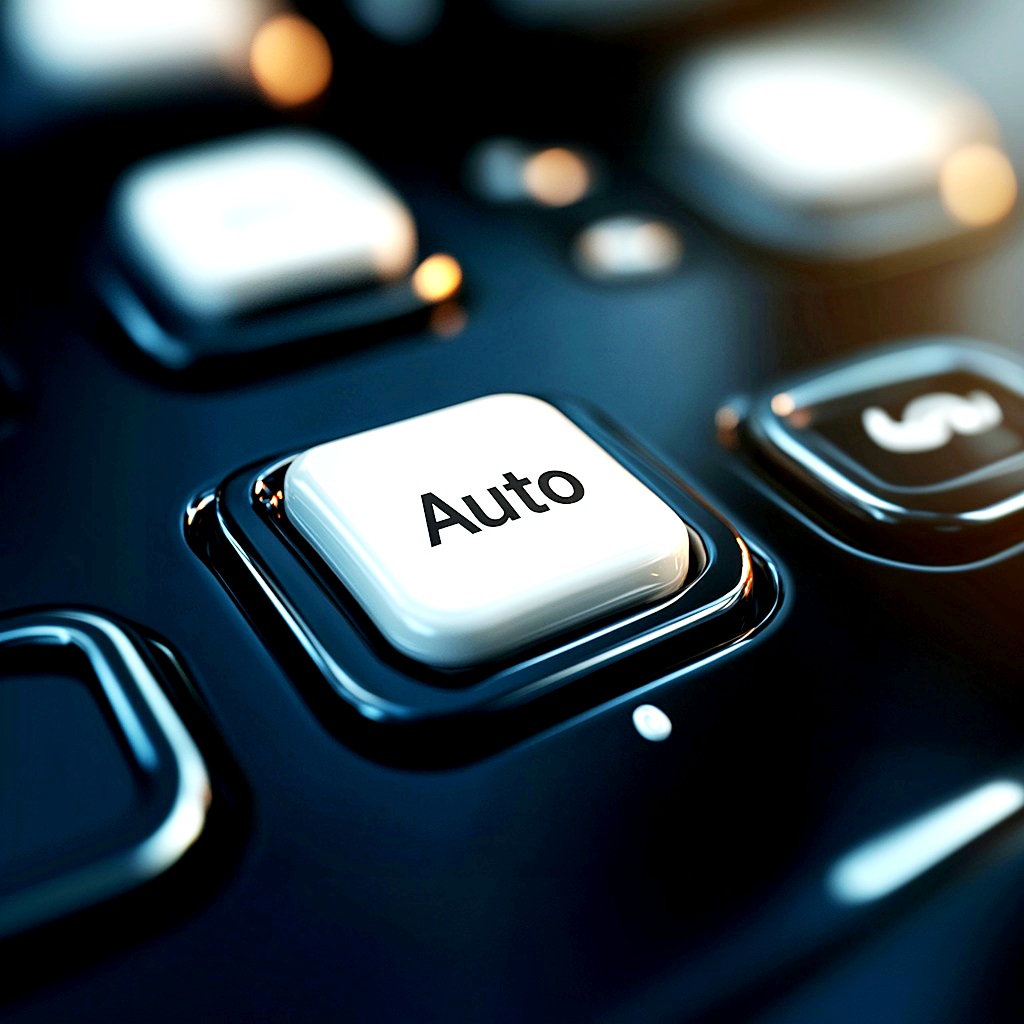
Three button pushes for a single camera and add one button push for each additional camera. The steward and producer mouths were agape. Ten button pushes later, as there were eight cameras, the cameras were on their way to setup. Another 120 seconds and all cameras were ready to go.